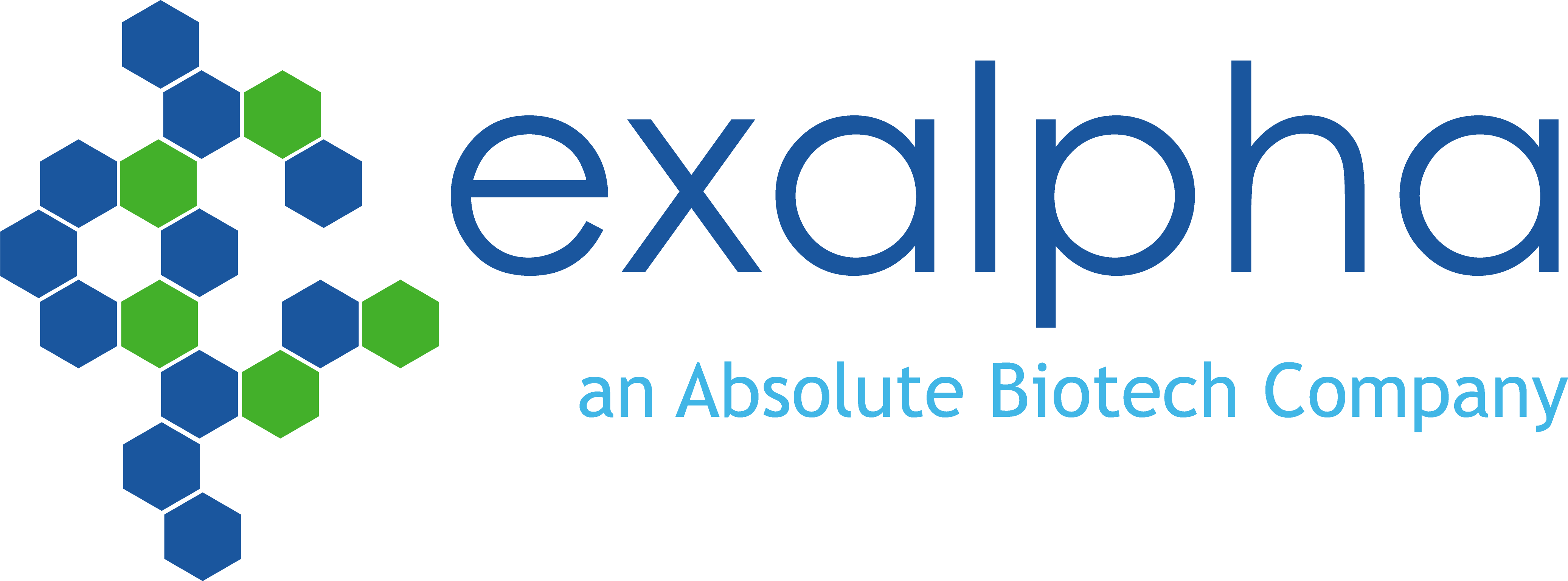Helpful Hints for Using Exalpha Immunofluorescence Kits
Helpful Hints for Using Exalpha Immunofluorescence Kits Issue & Tips Autofluorescence One method of checking for autofluorescence is to look at the slide with multiple filters. If the same signal is seen with multiple filters, it could be autofluorescence. To help decrease autofluorescence, add a Sudan Black step after the SA-FL incubation. Make up the Sudan Black at 0.2% in ... Continue reading
Ammonium Sulfate Precipitation Protocol
Description Ammonium sulfate precipitation is one of the most commonly used methods for protein purification from a solution. In solution, proteins form hydrogen bonds with water molecules through their exposed polar and ionic groups. When high concentrations of small, highly charged ions such as ammonium sulfate are added, these groups compete with the proteins to bind to the water molecules ... Continue reading
Buffer Formulations
Buffer Formulations Acid precipitation solution for precipitation of nucleic acids – 1 M HCl – 0.1 M sodium pyrophosphate – Nucleic acids can also be precipitated with a 10% (w/v) solution of trichloroacetic acid (TCA) Ammonium Sulfate, Saturated (SAS) – 76 g ammonium sulfate – 100 ml H2O – Heat with stirring to just below boiling point. Let stand overnight ... Continue reading
Immunoprecipitation Protocol
Immunoprecipitation Protocol Wash Buffer 20 mM Tris, pH 8.0 containing 0.2% Trition X100 Elution Buffer Wash buffer containing 4% SDS (and also include protease inhibitors if required) NOTE: The choice of wash and elution buffers should be empirically determined. The buffers listed here are for general use and will not be ideal for all proteins/systems. If phospho proteins are being ... Continue reading
In Vitro Labelling with Bromodeoxyuridine
In Vitro Labelling with Bromodeoxyuridine Background Bromodeoxyuridine (BrdU) is a thymidine analog that is used in cell proliferation studies. BrdU in culture is incorporated into DNA during DNA synthesis. Cellular incorporation of BrdU can be detected by anti-BrdU specific antibodies following membrane permeabilization by flow cytometry or immunohistochemistry. The molecular weight of BrdU is 307.1. Preparation and Storage Preparations of BrdU ... Continue reading
Sandwich Enzyme Immuno-Assay (EIA) for analyte detection and/or quantitation
Sandwich Enzyme Immuno-Assay (EIA) for analyte detection and/or quantitation Background Sandwich ELISA’s are the tool of choice for measuring small quantities of antigen in complex biological mixtures. The principle involves ‘capturing’ an antigen/analyte between two ‘layers’ of antibodies which target separate epitopes on the target molecule (i.e. capture and detection antibody). The target molecule must of necessity contain more than ... Continue reading
Western Blotting Protocol
Western Blotting Protocol Lysate preparation Lysate preparation will depend of the source of cells (Monolayer, Cell suspension or Tissue samples). In general, Cells are washed with cold 1xPBS, subsequently lysed with an appropriate buffer (i.e. RIPA buffer) containing freshly added protease inhibitors. Passed through a 21G needle to shear the DNA and then centrifuged at 10K rpm for 10min at ... Continue reading
Periodic Acid Schiff Protocol
Periodic Acid Schiff Protocol PRINCIPLE: This type of staining is used for the detection of glycogen. Tissue sections are first oxidized by 0.5% periodic acid solution. The oxidative process results in the formation of aldehyde groupings through carbon-to-carbon bond cleavage. Free hydroxyl groups should be present for oxidation to take place. Oxidation is completed when it reaches the aldehyde and ... Continue reading
